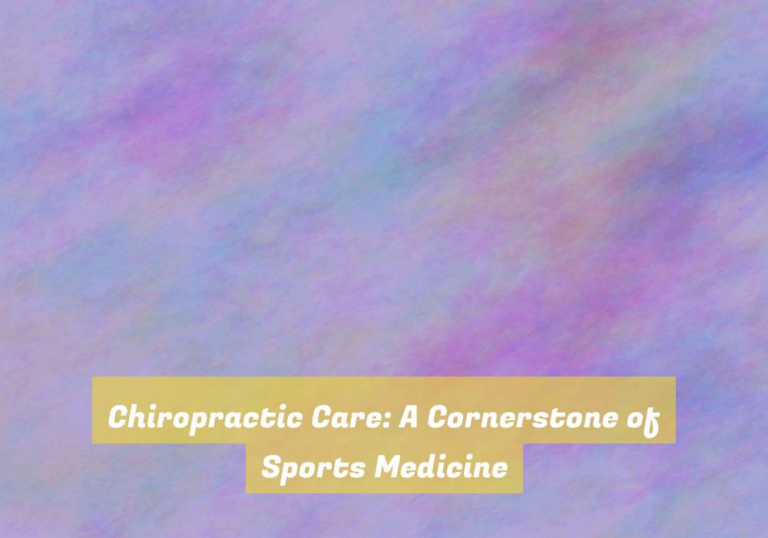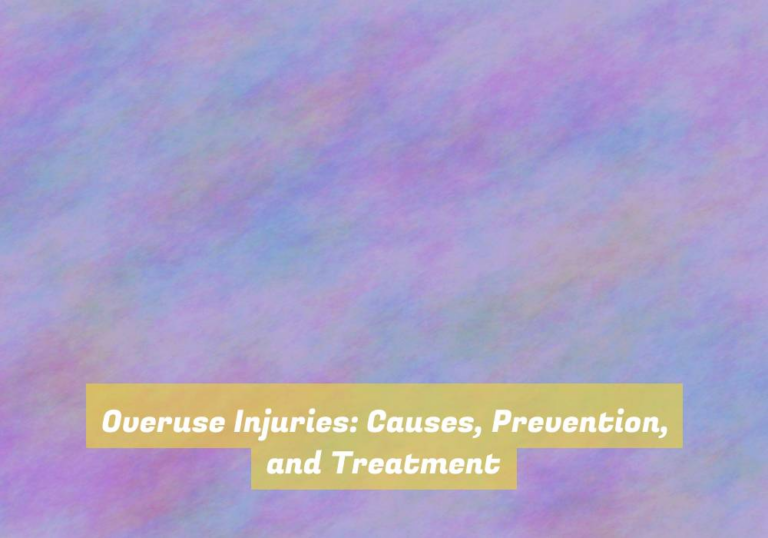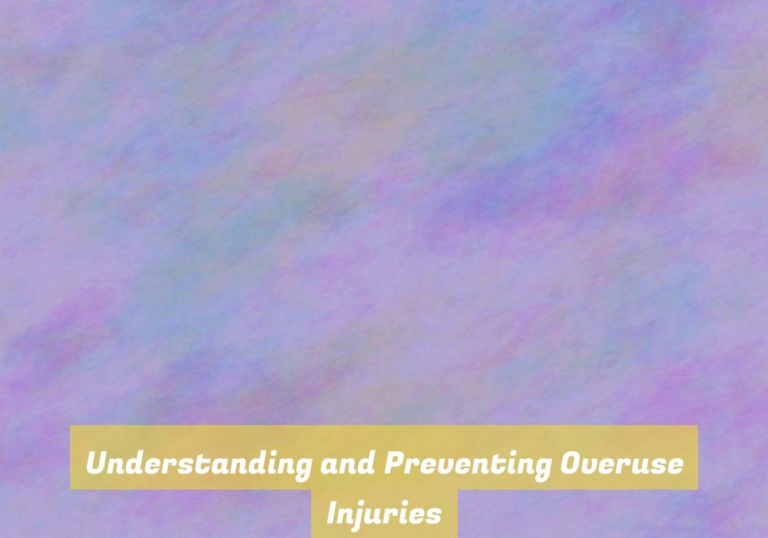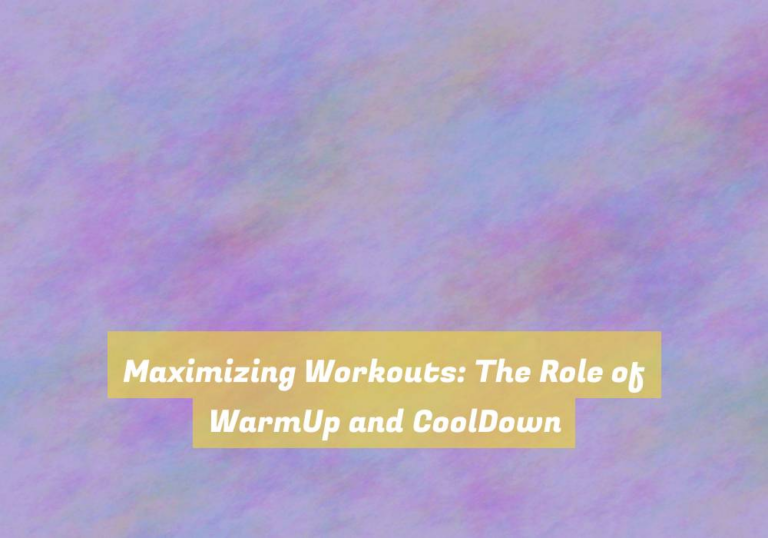Safety Gear and Techniques: Protecting Athletes from Harm
Did you know that each year, over 3.5 million children under the age of 14 receive medical treatment for sports-related injuries? ItG??s a staggering number, but the good news is that many of these injuries can be prevented with the right safety gear and techniques.
As an athlete, your well-being is paramount, and understanding how to protect yourself from harm is essential. From the proper use of protective equipment to mastering safe techniques, there are crucial steps you can take to minimize the risk of injury.
Importance of Proper Safety Gear
Ensuring athletes wear proper safety gear is essential for preventing injuries and promoting their well-being during training and competitions. When you participate in sports or physical activities, wearing the right safety gear significantly reduces the risk of getting hurt. Helmets, pads, mouthguards, and other protective equipment are designed to shield you from potential harm. They act as a barrier between your body and the impact of falls, collisions, or other accidents that may occur during sports.
By wearing this gear, youG??re actively taking steps to safeguard yourself from unnecessary harm. ItG??s crucial to remember that safety gear isnG??t just for extreme sports or high-impact activities; even seemingly low-risk sports like cycling or skating can lead to serious injuries without the proper protective gear.
When you prioritize wearing safety gear, you demonstrate a commitment to your own safety and well-being. Additionally, it sets a positive example for others, promoting a culture of safety within your sports community. Always remember, safety gear is an essential part of being an athlete, and it should never be overlooked.
Essential Training for Injury Prevention
DonG??t overlook the importance of essential training for injury prevention, as it complements the use of proper safety gear and actively reduces the risk of sports-related injuries.
Incorporating essential training into your fitness routine can make a significant difference in your overall athletic performance and well-being.
Focus on exercises that improve strength, flexibility, and balance to enhance your bodyG??s ability to withstand the demands of your sport.
Strength training, including exercises for core stability and muscle strengthening, helps support and protect your joints and ligaments.
Flexibility training, such as stretching and yoga, can increase your range of motion and reduce the likelihood of muscle strains and tears.
Additionally, balance and agility training are crucial for improving proprioception and coordination, which are essential for injury prevention.
Engaging in sport-specific training can also help condition your body for the specific movements and demands of your chosen activity.
Choosing the Right Protective Equipment
To effectively protect yourself from potential sports-related injuries, itG??s crucial to carefully select the appropriate protective equipment for your specific athletic activities. Begin by understanding the specific safety requirements for your sport. Whether itG??s a helmet, pads, mouthguards, or specialized footwear, each piece of equipment serves a unique purpose. Take the time to research and invest in gear that meets industry standards for safety and quality. Ensure that the protective equipment fits properly and comfortably, providing maximum protection without restricting your movement.
When choosing protective gear, prioritize items that are specifically designed for your sport and position. For example, a soccer player may need shin guards, while a skateboarder requires a well-fitted helmet. DonG??t overlook the importance of maintaining and replacing equipment as needed. Inspect gear regularly for signs of wear and tear, and replace any damaged or outdated items promptly.
Mastering Safe Techniques
After selecting the appropriate protective equipment for your specific athletic activities, the next step is to master safe techniques to further safeguard yourself from potential sports-related injuries. Proper form and technique are crucial in preventing injuries during physical activity. Whether youG??re lifting weights, running, or playing a team sport, mastering safe techniques can significantly reduce your risk of getting hurt.
When it comes to weightlifting, ensure that you maintain proper posture and form throughout each exercise. This not only maximizes the effectiveness of your workout but also minimizes the strain on your muscles and joints. Similarly, for runners, focusing on a balanced and efficient stride can help prevent common running injuries such as shin splints and stress fractures.
For team sports, learning the correct way to tackle, pivot, and land can make a world of difference in injury prevention. Coaches and trainers can provide valuable guidance on safe techniques specific to your sport. Additionally, always remember to warm up and stretch before engaging in physical activity, as this can prepare your body and reduce the risk of muscle strain or injury.
Mastering safe techniques is an essential part of being an athlete. By prioritizing proper form and technique, you can enjoy your chosen sport while minimizing the risk of sports-related injuries.
Conclusion
So, remember to always prioritize safety gear and proper training to protect yourself from harm while playing sports. Choose the right protective equipment, and master safe techniques to reduce the risk of injury.
Your well-being is important, so donG??t take shortcuts when it comes to safety. Stay safe and enjoy the game!







